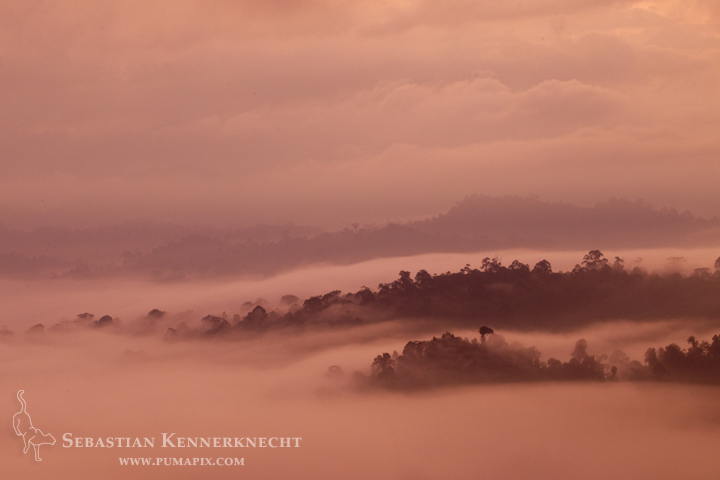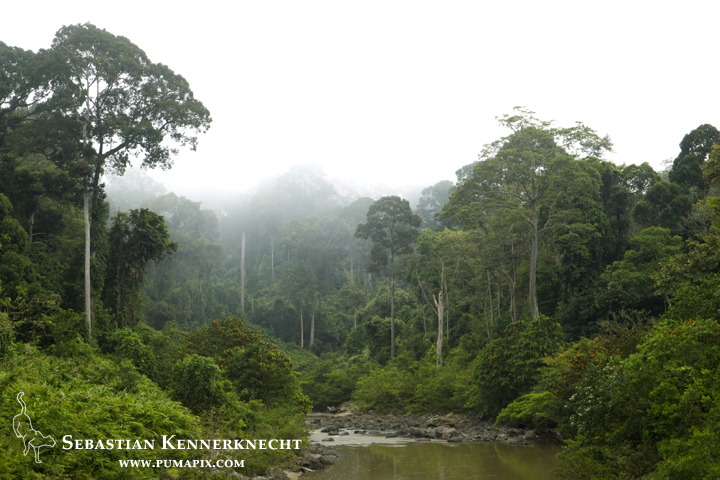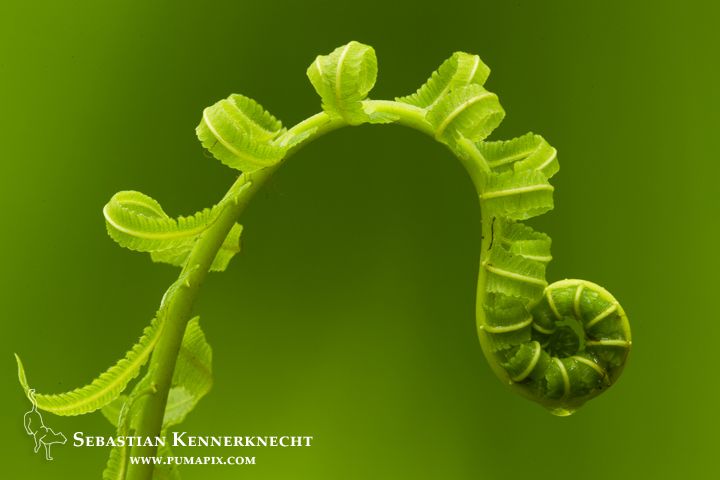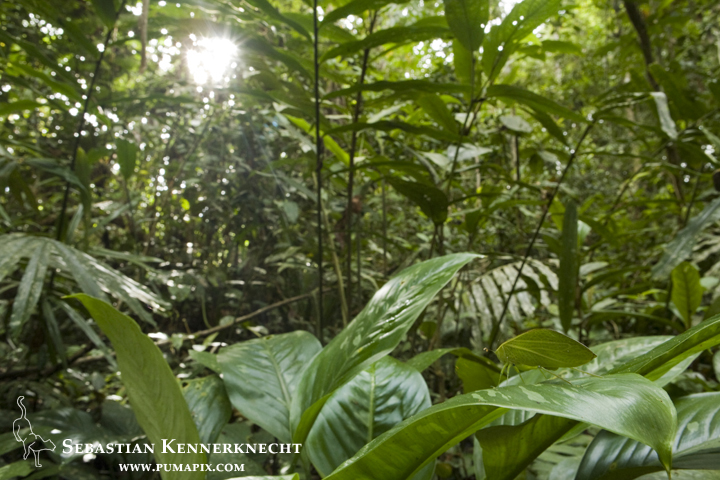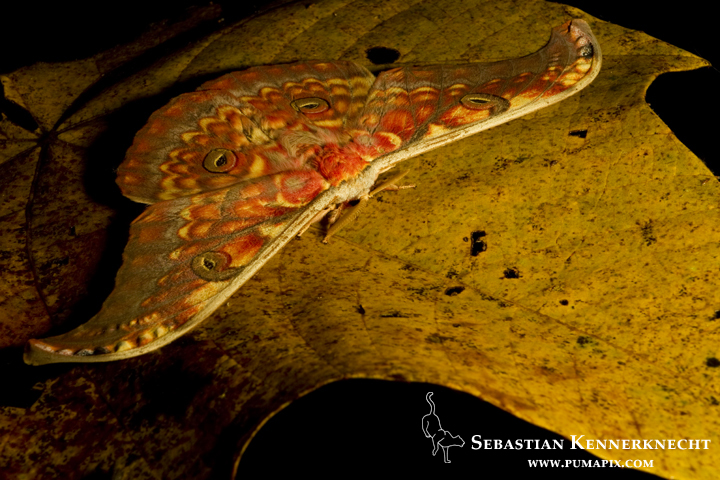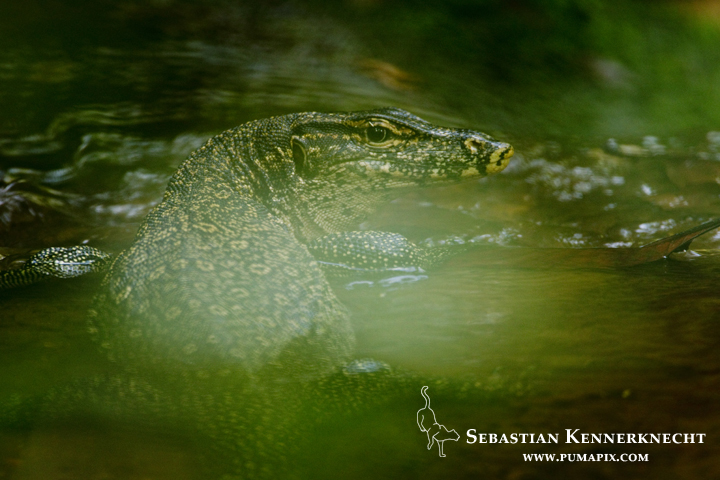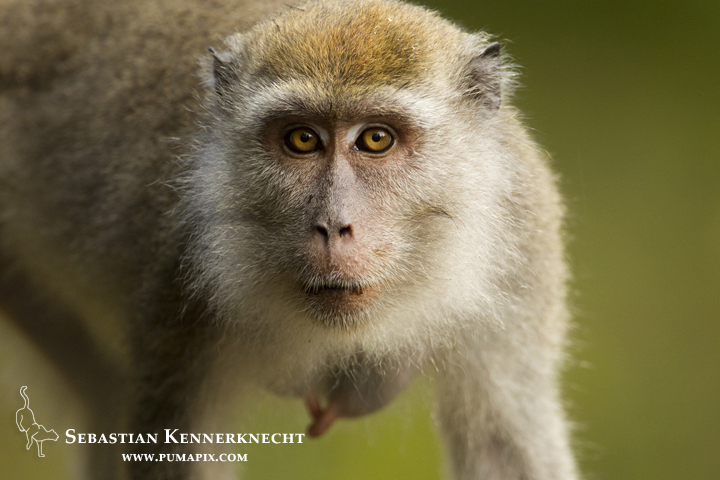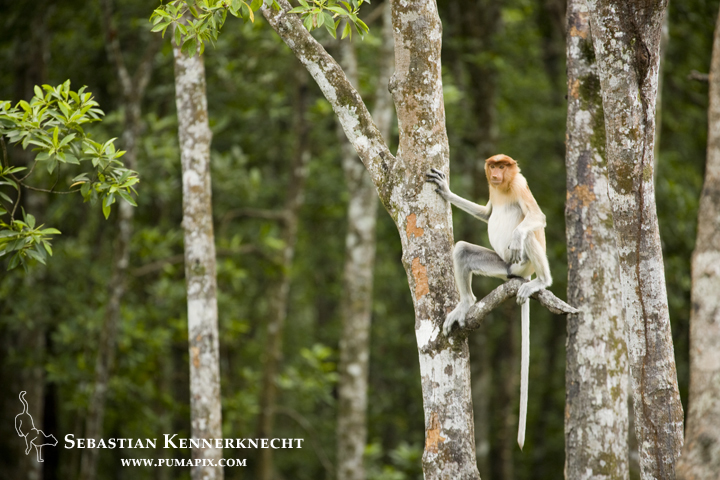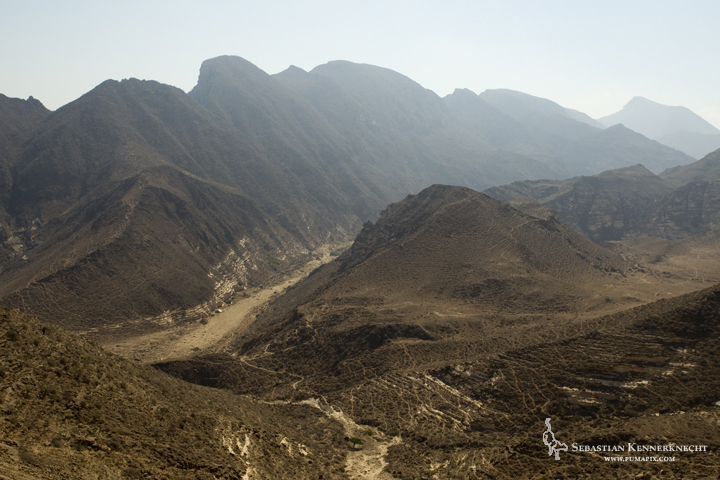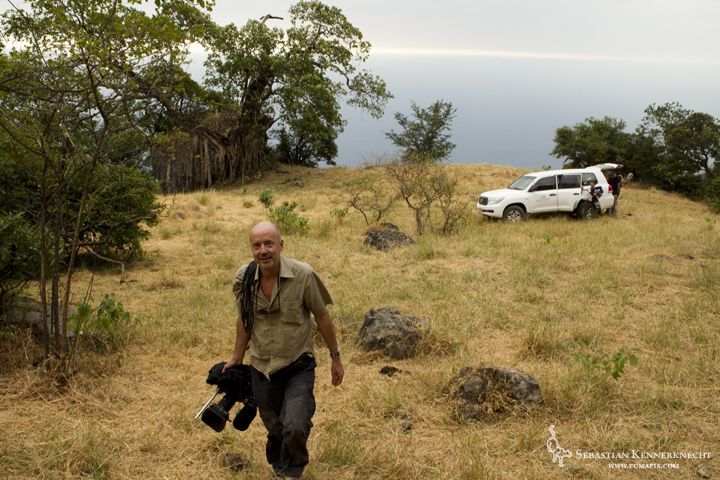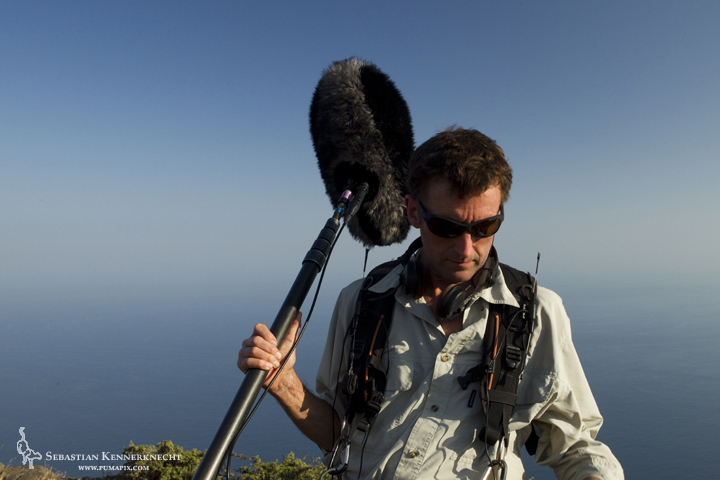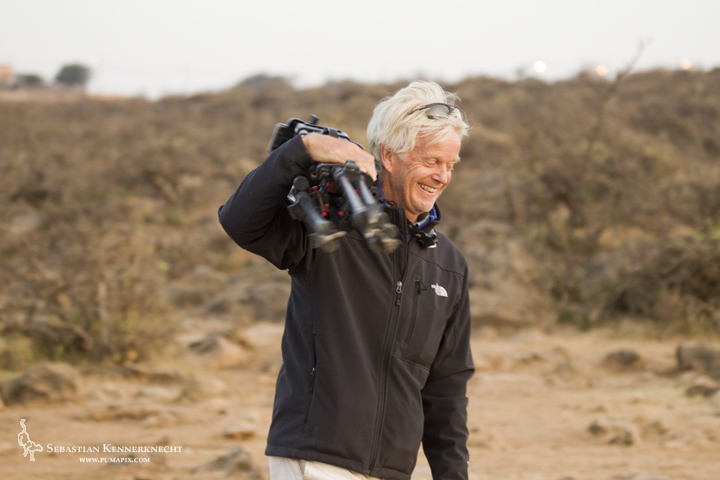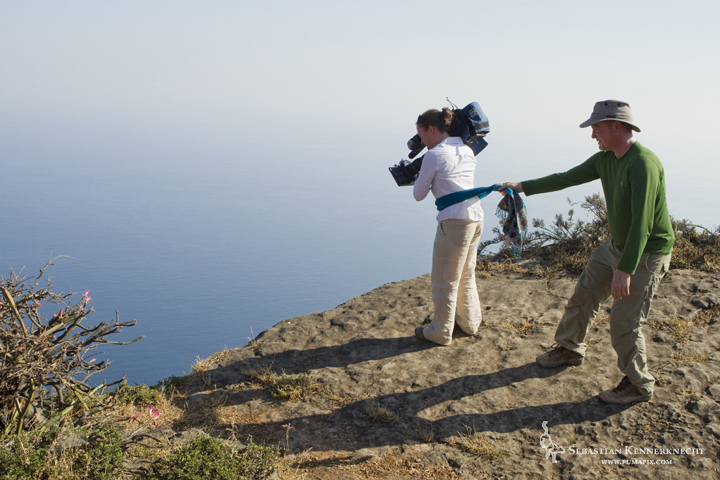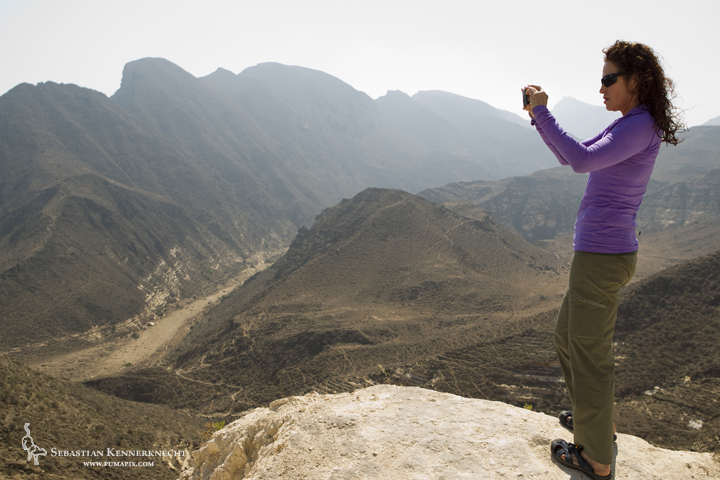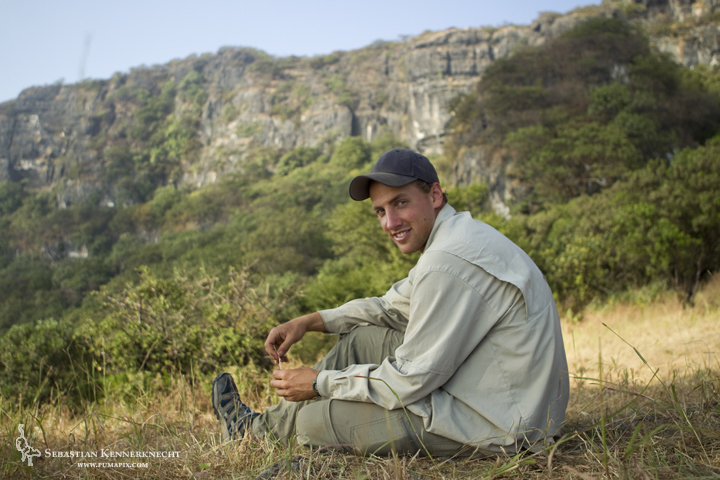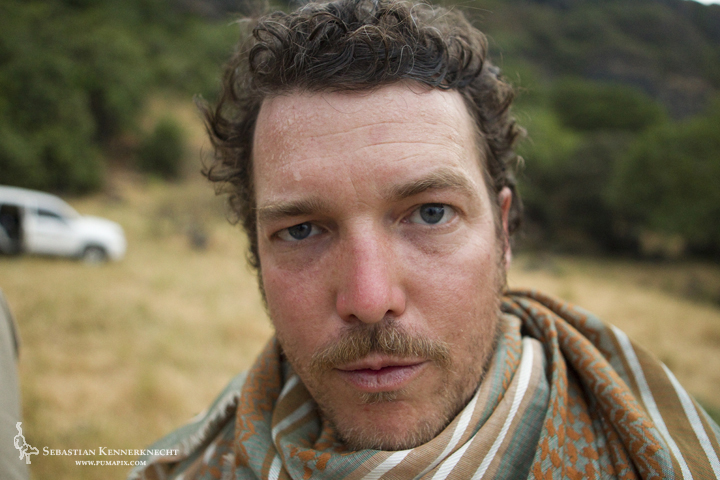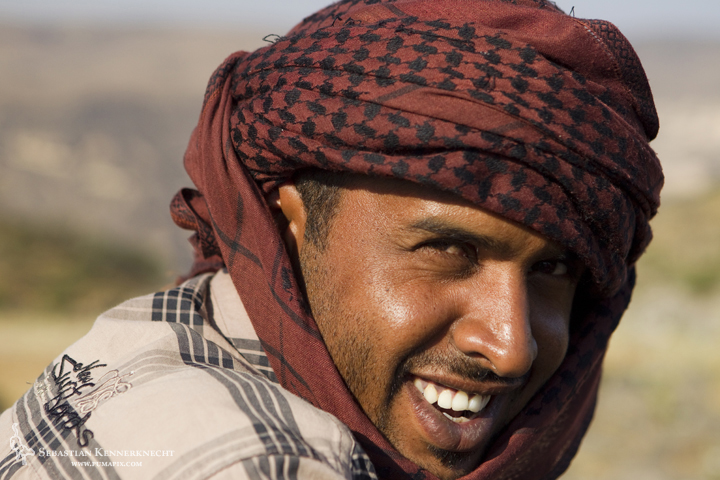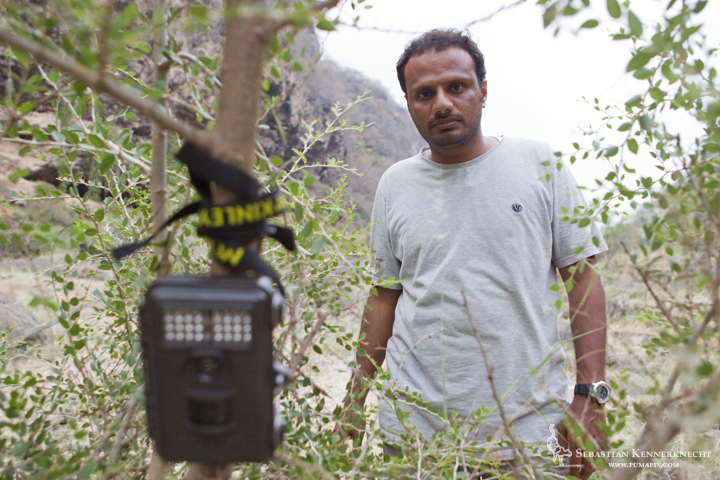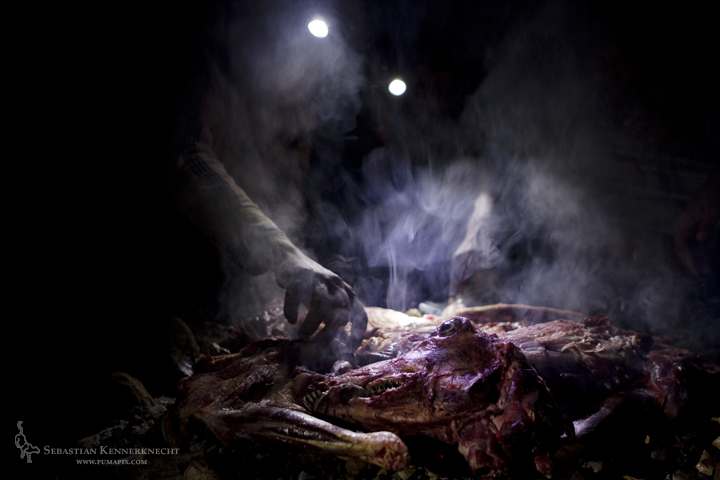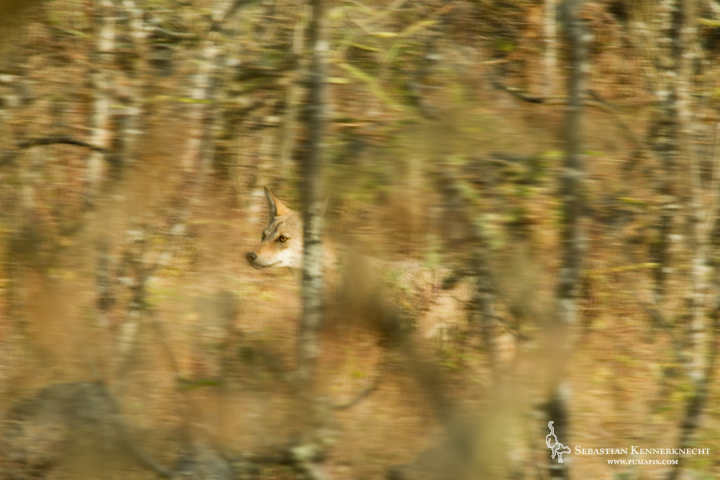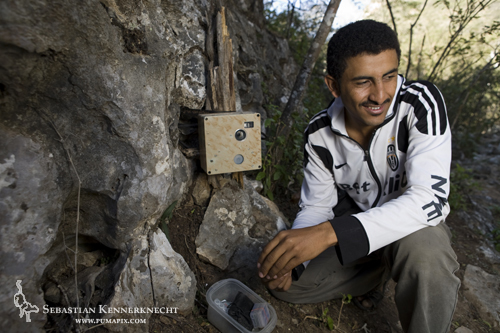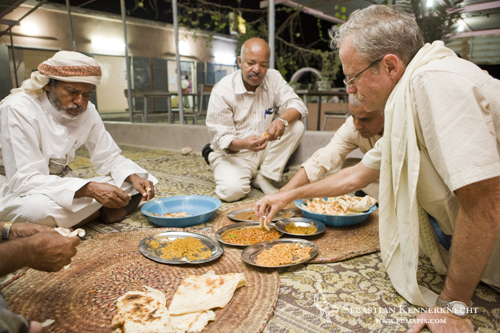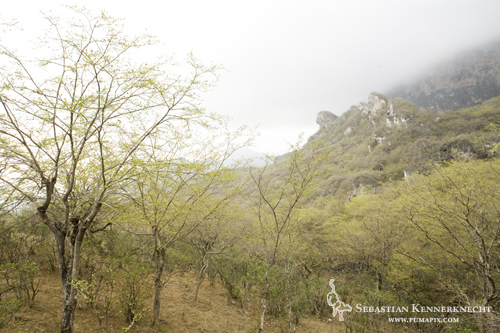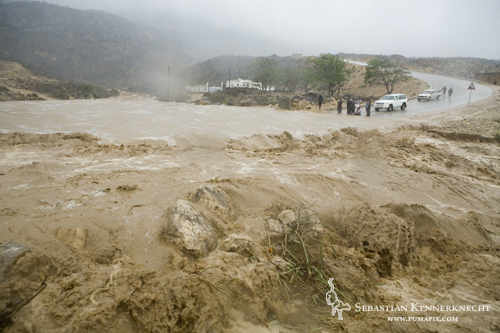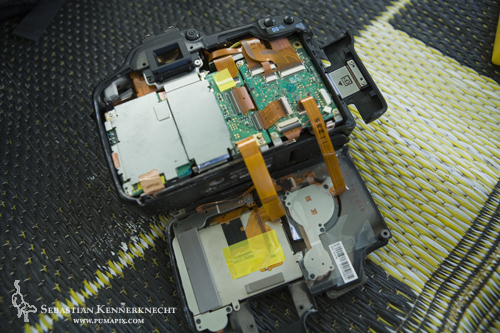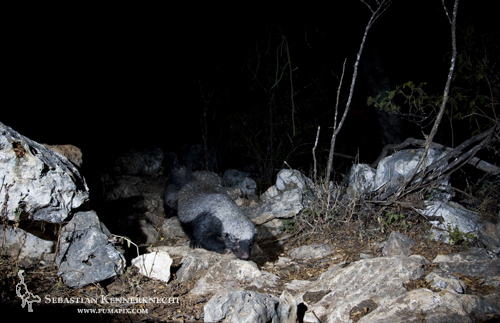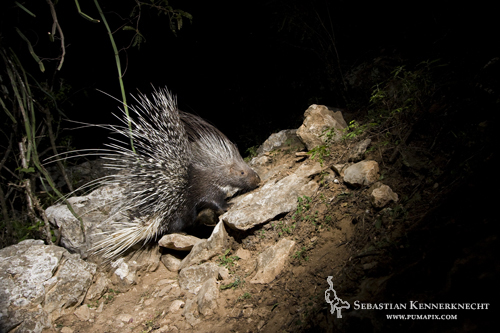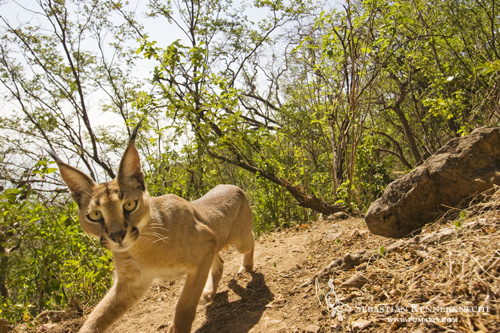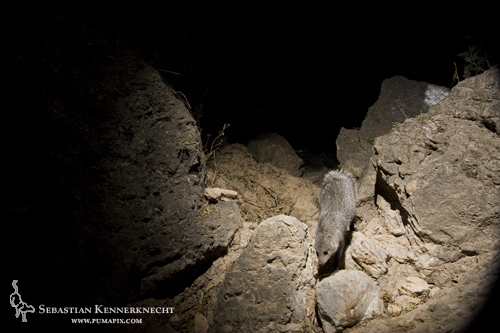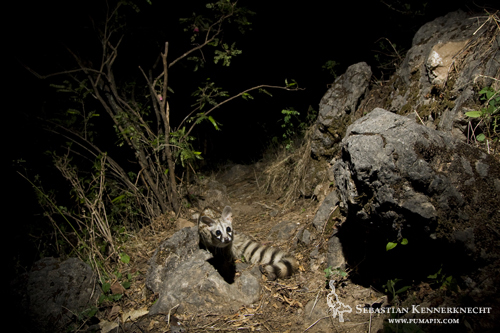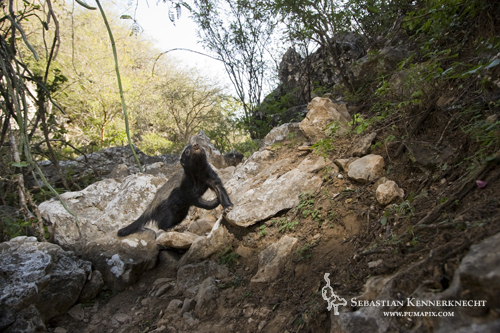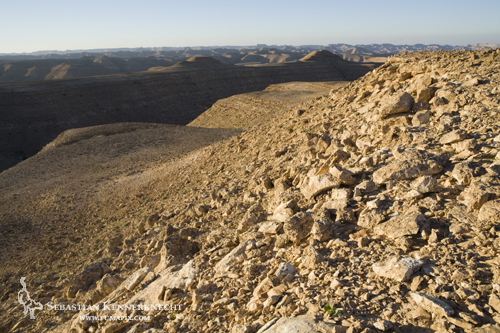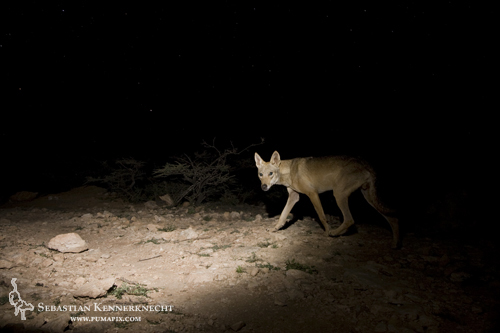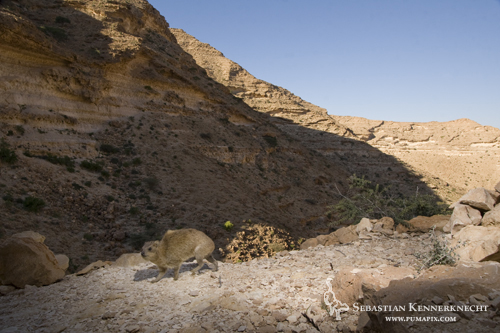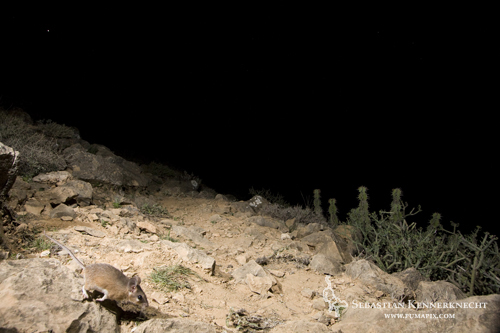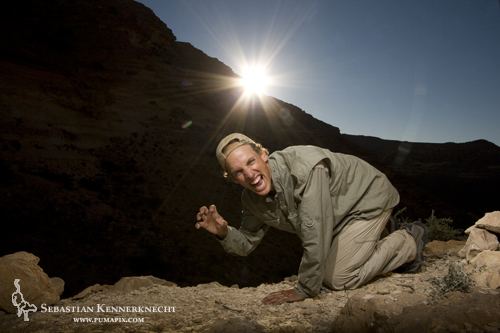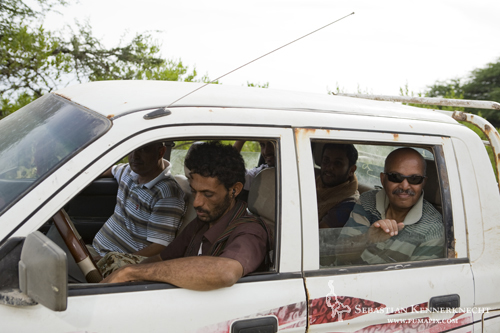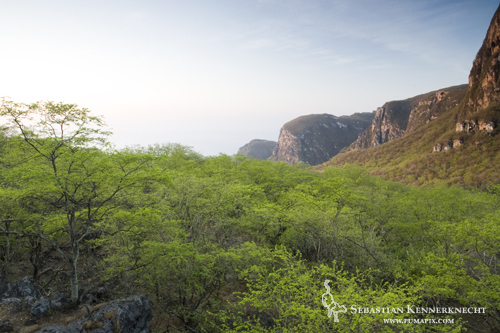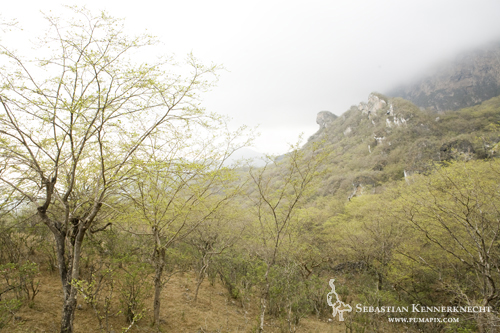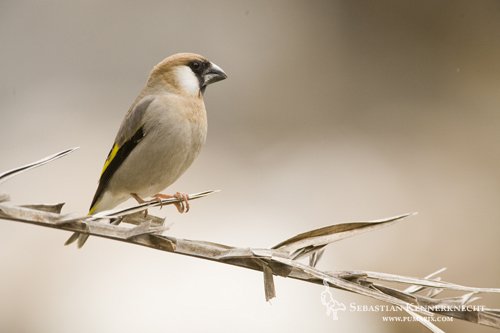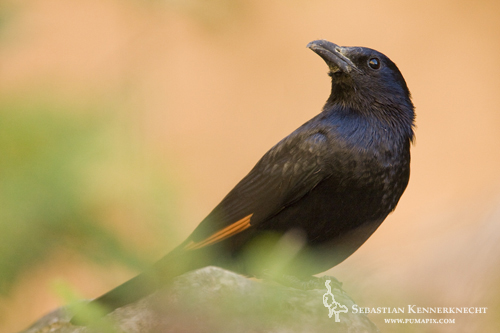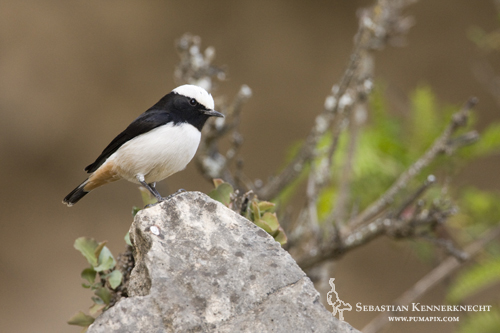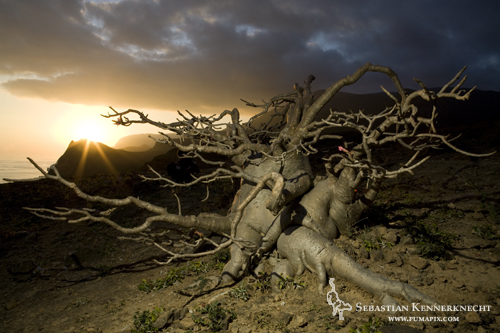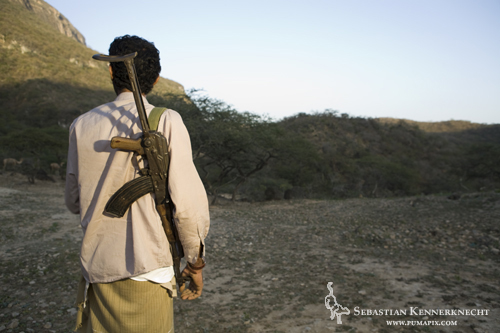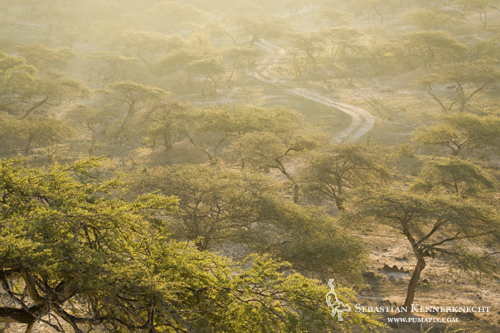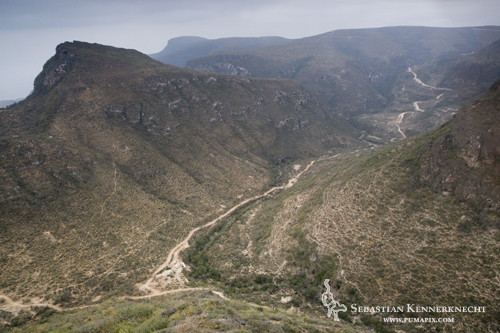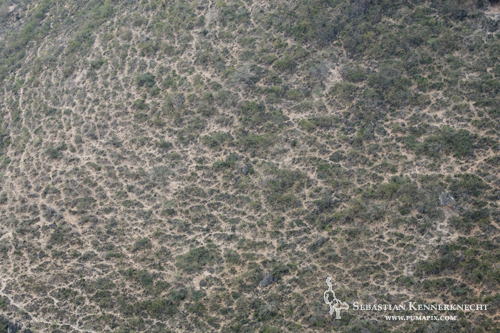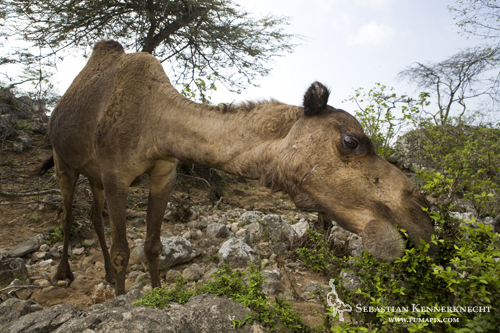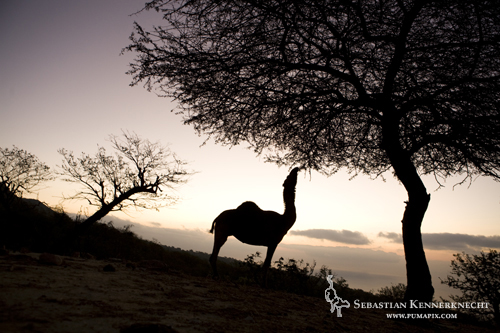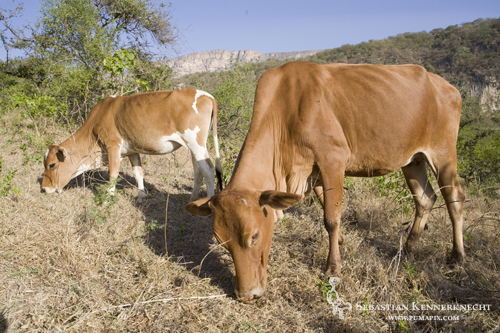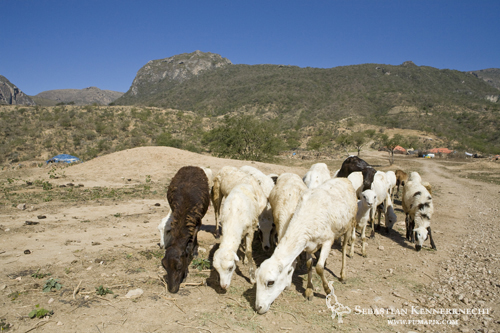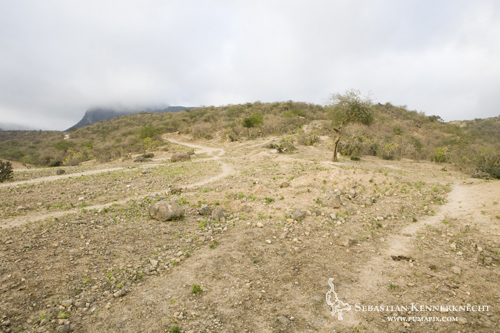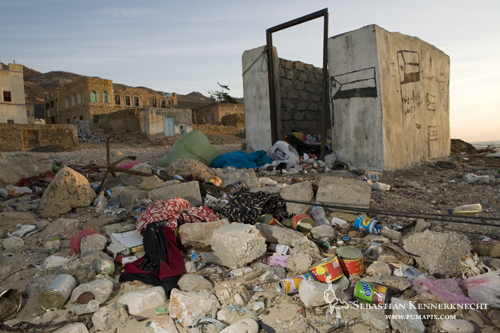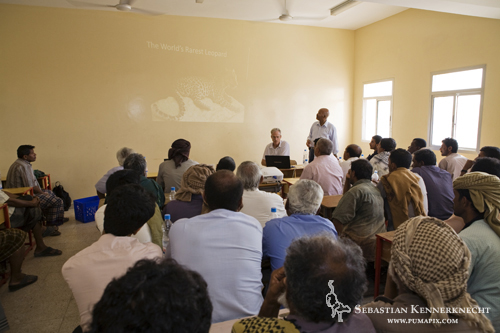It’s hard to describe the feeling you get in the tropical rainforest. It is an extremely dense forest where animals abound, and when you walk through it, you can feel the biodiversity surrounding you. I fell in love with it instantly.
I spent six weeks in the Sabah region of Malaysian Borneo for a ‘top secret’ project to be released soon. As always, the trip would not have been possible without the help of a lot of people, who will also be named soon. Am I getting you excited yet? Let’s just say we were able to photograph an animal never before photographed with high resolution cameras (though several pictures taken with point and shoot trail cameras do exist)!
Exploring in the rainforest is a totally different experience from anything else I have done. Between the large trees covered with epiphytes and undergrowth plants competing for light you are totally surrounded by vegetation. When it gets dark, a person with claustrophobia may get rather (understandably) uncomfortable. The sounds are truly spectacular, with katydids and all kinds of other insects making incredible noises. You can even set your watch by the six o’clock cicada that starts its distinct, patterned, and somewhat shrill sound at 6am and 6pm (it was never early or late by more than 10 minutes).
Here is a small sampling of images from this magical place:
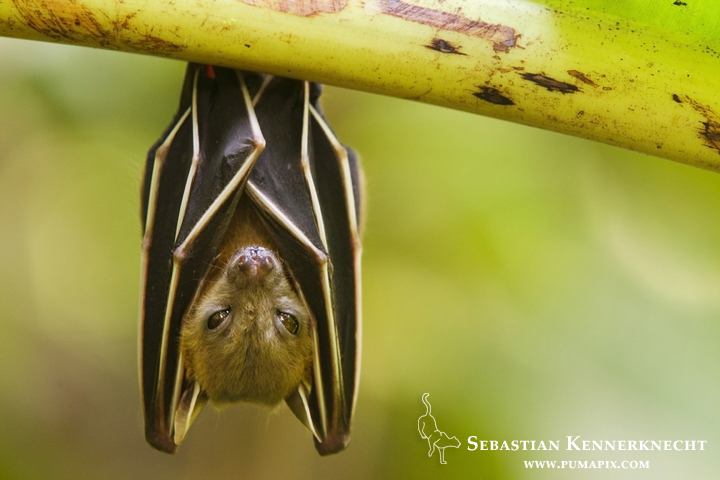
Lesser Short-nosed Fruit Bat (Cynopterus brachyotis) roosting, Tawau Hills Park, Sabah, Borneo, Malaysia
Don’t worry the birds will come in the next post!
I would highly recommend going to the rainforest if you can, it will alter your life view and you will want to protect it as badly as I do. There is no doubt about it!
Now, I know some of you are thinking: what about all those parasites? I do have to say those worries are mostly unwarranted and overblown, but they do exist. I got a nice hookworm that was tunneling under my skin for a good month before I took some pills that killed it. It was my own fault, I stepped into dog poop while wearing flip flops and wasn’t careful enough to not get any on my foot. I know, it’s gross, but I am just wanting to make sure you learn the lesson!
Warning: The following image will be disturbing to some viewers ! 🙂
*If you are interested in purchasing any of the pictures displayed in this post, please check out my fine prints page for pricing.*

